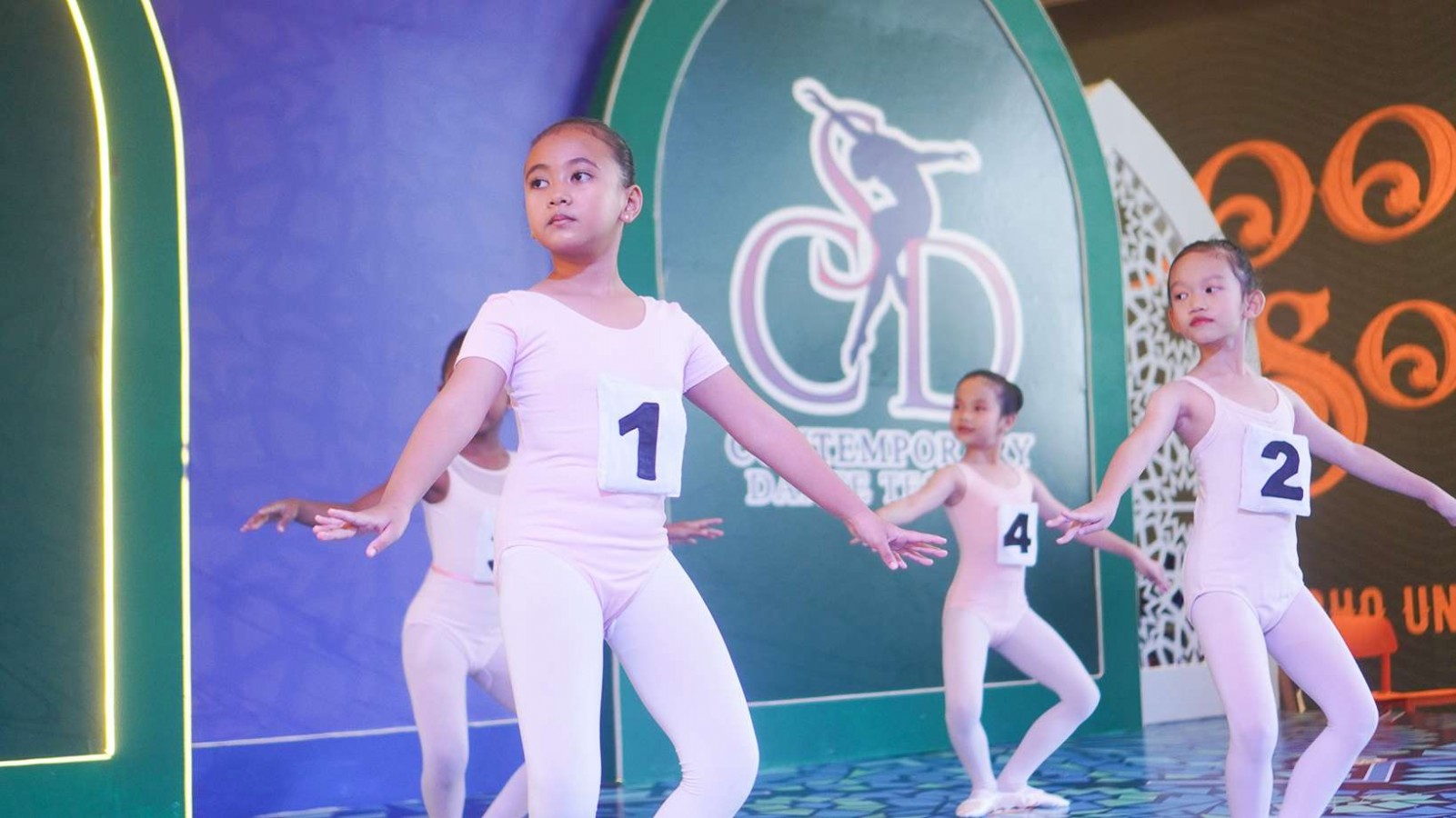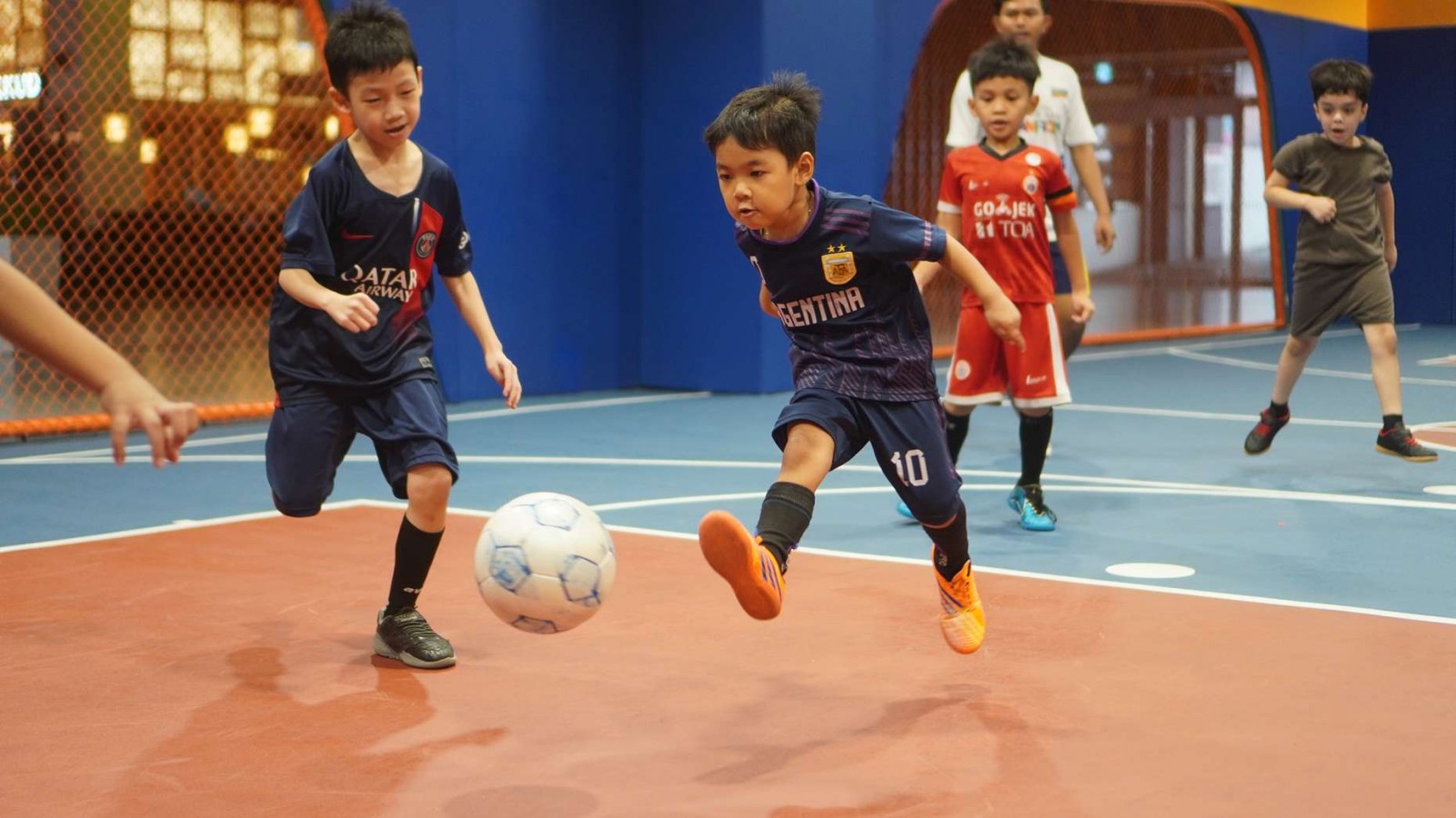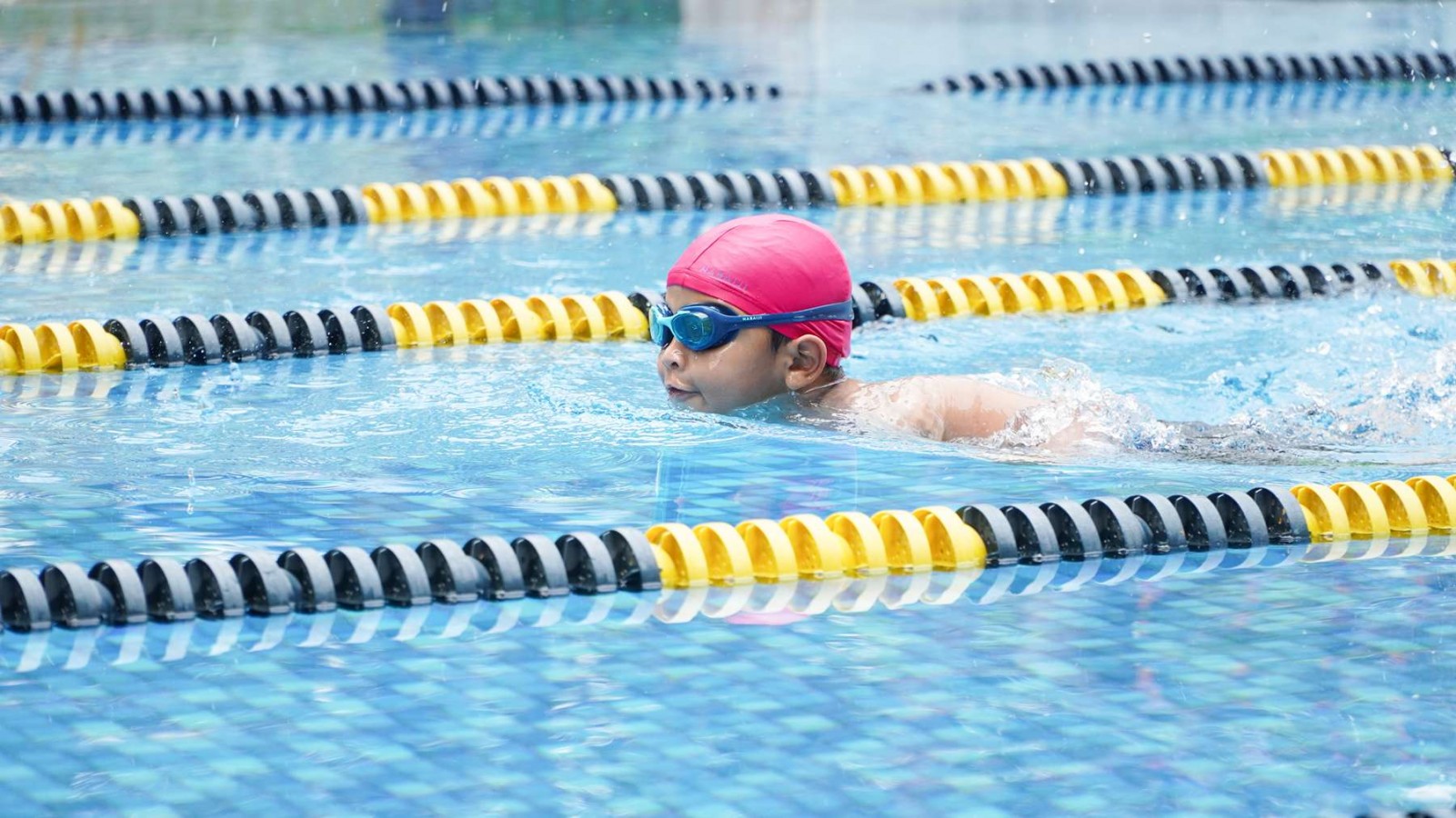Plié Ballet: Exploring Types and Techniques for Aspiring Ballet Dancers

Ballet encompasses a multitude of movements and techniques essential for every aspiring dancer. Among these foundational techniques, the plie ballet stands out as one of the most fundamental and frequently utilized movements in ballet.
In this article, we delve into the intricacies of the plie, exploring its types, techniques, muscle engagement, and offering valuable tips for beginners to master this essential ballet movement
What is Plié in Ballet?
The term "plié" originates from French, meaning "to bend." In ballet, a plié involves bending the knees while maintaining an upright posture, typically performed with turnout, where the feet are rotated outward from the hips.
This foundational movement serves as the basis for various other ballet steps and helps develop strength, control, and flexibility in the lower body.
Pliés ballet serves as the foundation for many ballet movements and is essential for developing strength, control, and flexibility in the lower body.
They are commonly practiced at the beginning of ballet classes as part of the warm-up routine and are incorporated into various exercises at the barre and in the center of the studio. Plié ballet is also one of the foundation ballet moves that must be learned for beginners.
Different Types of Plié
Plié ballet has 2 different types of movements, each with its own difficulty. By mastering these two moves, you can easily master other moves. Make sure you have strong lower muscles when doing plié. Here are the 2 types of plié ballet :
1. Demi-Plié
The Demi-Plié, or half bend, involves bending the knees halfway, keeping the heels on the floor. This position is fundamental in ballet, serving as a preparation for many movements, including jumps and turns.
2. Grand Plié
In contrast, the Grand Plié, or full bend, requires bending the knees deeply until the thighs are parallel to the floor, while keeping the heels on the ground. This movement is often incorporated into barre exercises and is essential for building strength and flexibility in the legs.
How to Perform a Demi-Plié and Grand Plié
Practice is not an easy thing to implement. But by practicing, we will learn faster and know the correct technique. Plié ballet can be easily mastered, by trying continuously, here are some steps to apply Demi plié and Grand plié:
A. Demi Plié
- Begin in the first position, with heels together and toes turned out.
- Lower the body by bending the knees outward over the toes.
- Keep the heels grounded and maintain a lifted posture through the spine and upper body.
- Ensure the knees track over the toes without rolling inwards or outwards.
- Rise back up to the starting position, straightening the knees.
B. Grand Plié
- Start in the first position with heels together and toes turned out.
- Descend into a deep knee bend, lowering the body until the thighs are parallel to the floor.
- Maintain turnout in the legs and keep the heels firmly on the ground.
- Keep the torso upright and avoid leaning forward or backward.
- Rise back up to the starting position, straightening the knees fully.
Which Muscle Use for a Plié?
The plié ballet primarily targets the muscles of the lower body, including the quadriceps, hamstrings, glutes, and calves. Additionally, engaging the core muscles helps stabilize the torso and maintain proper alignment throughout the movement.
By consistently practicing pliés, dancers can develop strength, endurance, and control in these muscle groups, essential for mastering more advanced ballet techniques.
Tips For Beginners to Master a Plié
Plié ballet is a basic ballet technique that even beginners can learn. There are some important tips that can help you learn this plié technique. Here are some tips you can try:
1. Focus on Proper Alignment
Pay attention to maintaining turnout in the legs, keeping the knees tracking over the toes, and ensuring a lifted posture throughout the movement.
2. Start Slowly
Begin with small demi-pliés to establish correct technique before progressing to deeper bends. Gradually increase the depth of the plié as strength and flexibility improve.
3. Utilize the Barre
Practice pliés at the barre to provide support and stability while refining technique. The barre serves as a valuable tool for beginners to develop strength and proper alignment.
4. Engage the Core
Remember to activate the abdominal muscles to support the spine and pelvis, promoting stability and balance during the plié.
5. Seek Guidance from an Instructor
Work with a qualified ballet instructor who can provide personalized feedback and guidance to help improve technique and prevent injury.
Can You Do Plié?
The techniques in ballet are arts that are not shared by other dances and make a distinctive feature of the ballet itself. With dedication and the right instructor, you can learn ballet techniques like plié's perfectly. When it comes to choosing a suitable instructor, Rockstar Academy stands as the best Sports & Performing Arts Academy for children.
Rockstar Academy is a member of the Royal Academy of Dance (RAD) and fully implements its certified graded class system, including the RAD Ballet Testing. These classes are available for children from 2 to 18 years old.
As the premier academy, Rockstar also conducts RockOlympics and Ballet & Contemporary Dance Recital for its students. This initiative aims to boost confidence, build courage, and hone the skills of aspiring ballet dancers for competition. Contact Rockstar Academy today!
FAQ
How often should I practice pliés?
Aim to incorporate pliés into your regular ballet practice routine, performing them at the beginning of each class to warm up the muscles and refine technique.
Can I perform pliés without turnout?
While turnout is a fundamental aspect of ballet technique, beginners may initially struggle to achieve a full turnout. Focus on gradually increasing turnout over time while maintaining proper alignment and avoiding strain on the knees.
Are pliés only performed at the barre?
While pliés are commonly practiced at the barre as part of a ballet class warm-up, they are also incorporated into center exercises and choreography, where dancers perform them without the support of the barre.



